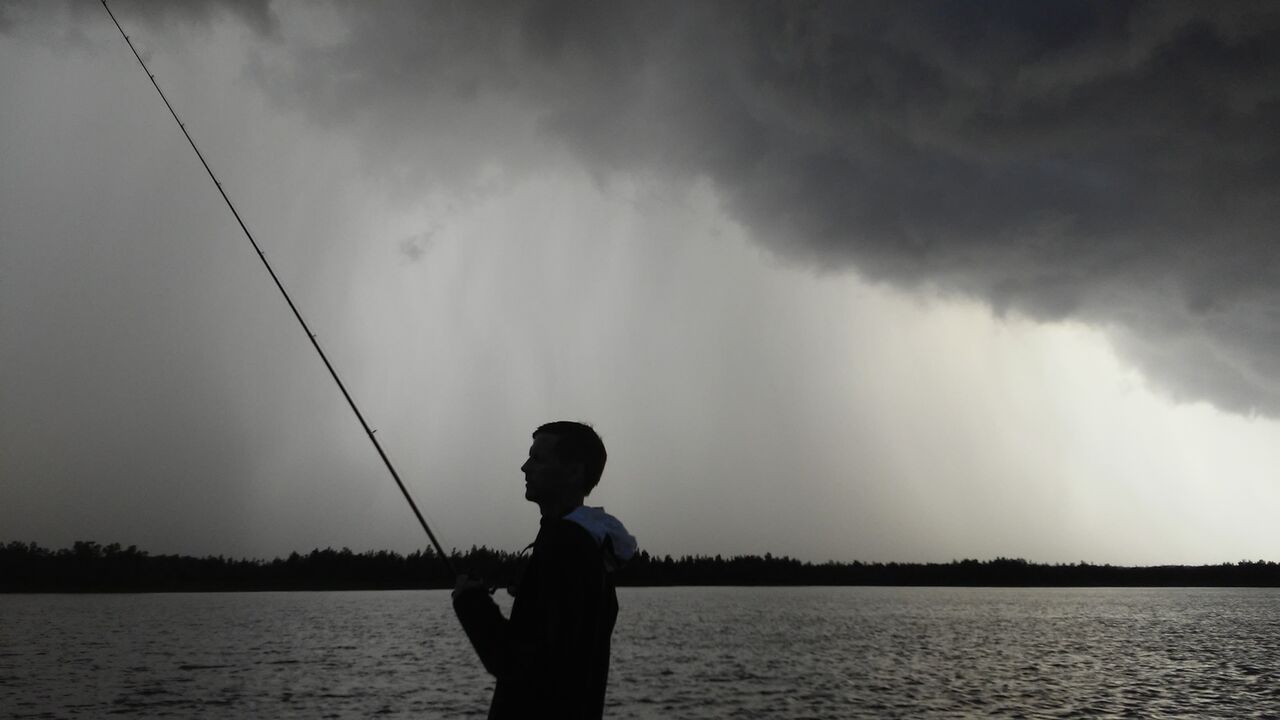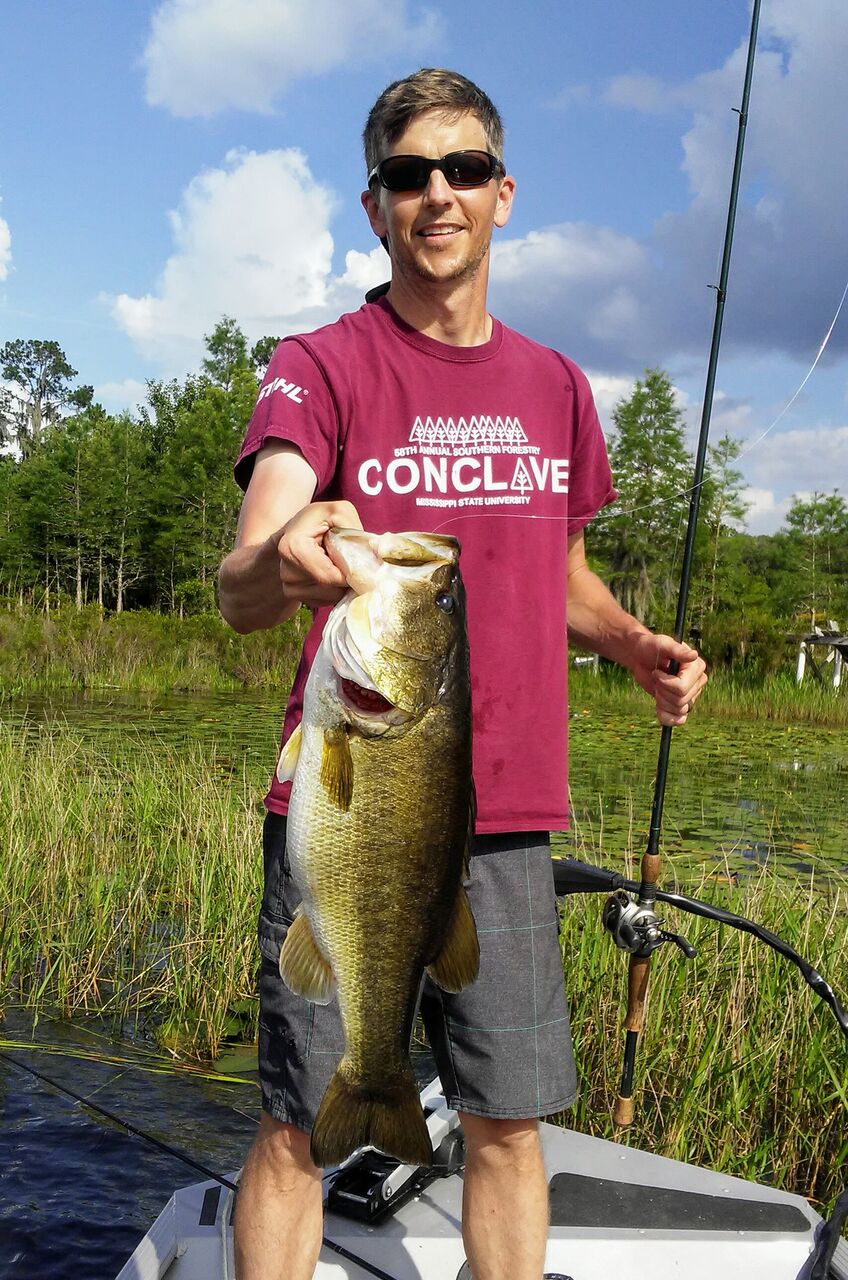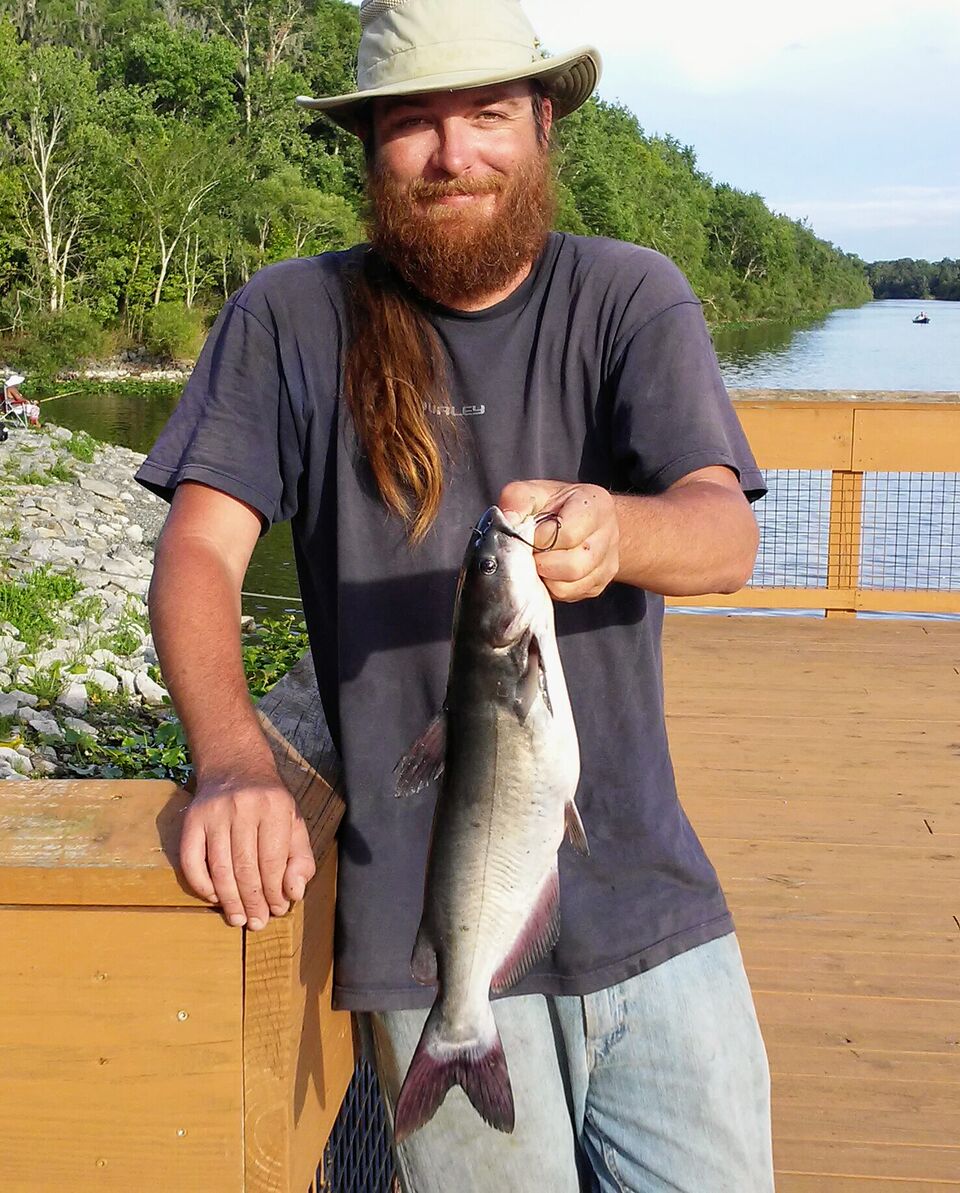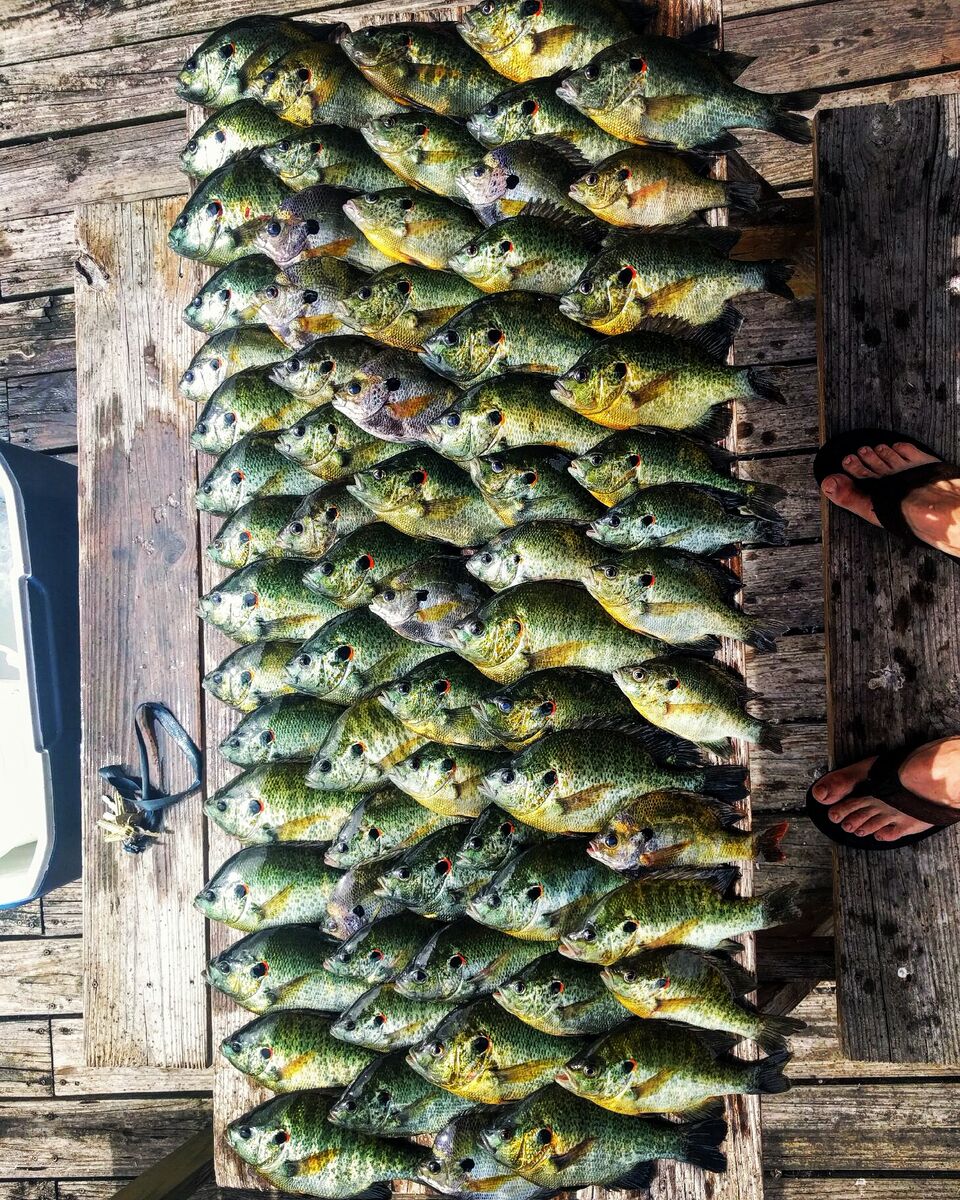Well forest fishers, the summer’s going great so far; plenty of rain and plenty of nice fish caught. The general rule of thumb is to plan your day trips for cloudy skies, and night trips for clear skies. The fishing can be tough on sunny days, but there’s always a bite at sunrise and sunset.
Smaller lakes are filling back up considerably, so bass are spreading out and exploring the new shoreline. Use finesse worms and topwater frogs to search the shallow grass and creeks. To find the BIGGINS, look for deeper holes beside the shallow grassy areas, and fish that ledge. Trolling shiners along underwater ledges, is a popular summer technique that produces the majority of our trophy catches.
Catfish fishing, is still going strong. The entire Ocklawaha River is producing good catches right now. Most shoreside anglers are favoring Rodman Dam, and for good reason. There’s room to spread out, bathrooms close by, and anglers are catching big fish all around you. Moss Bluff Dam isn’t scheduled to flow again until the end of this month, but there are still some fish to be caught on the south side of the dam. If you’re a boater, then you have endless spots to choose from on the Ocklawaha. Focus on river bends and creek entrances, to increase your odds. Chicken livers seem to be the favorite bait, but a lot of the biggest cats I’ve seen lately were caught on a live shiner. Cut-bait also works in a pinch.
Bluegill fishing was on fire last month! Panfish start their spawn around May or June in warm water lakes. but in the cooler rivers, they can spawn as late as September. If you find one of these spawning areas, you can catch fat “gills” until your arm falls off. Look for hard bottom (2 to 6 feet deep) with a mix of grass and lily pads. Red worms are the bait of choice, but bluegill are voracious feeders and will eat just about anything.
Finally, the shrimp run on the St. John’s River gets underway this month and will go on through September. You’re allowed to harvest 5 gallons per vessel, no matter how many people are onboard. A saltwater fishing license is necessary. Go online for additional rules and regulations. Also, call local bait shops to find out where the biggest concentrations are, as they make their journey south to our neck of the woods.




